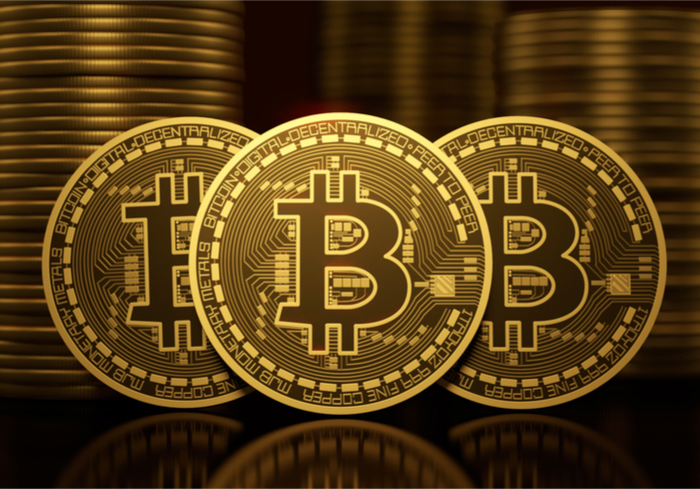
Thanks in part to the meteoric rise and subsequent decline in the price of bitcoin, the makeup of its holders has shifted from longer-term investors to more active ones, reported the Financial Times.
Citing data from market research firm Chainalysis, the Financial Times reported that in November, prior to the peak in the price of bitcoin, the amount held by longer-term investors was three times the amount held by active trades. By April, the amount held by investors stood at 6m bitcoin, much closer to the 5.1m bitcoin held by traders, noted the report. From December to April, the data showed that longer-term investors sold around $30 billion of bitcoin to new investors, with half of it happening in December alone. What’s more, Philip Gradwell, chief economist at Chainalysis, told the Financial Times that the amount of bitcoin available to trade jumped 60 percent during the period. “This was an exceptional transfer of wealth,” Gradwell told the FT. The economist argued that the increase in liquidity is what has been behind the decline in the price of bitcoin. Trading volume of bitcoin has declined along with the price. In December $4 billion worth of bitcoin traded daily, and that has declined to $1 billion each day as of now.
The data from Chainalysis also found that most of the transactions in which bitcoin was received from exchanges rarely went to merchants to purchase goods and services. Given that a lot of bitcoin owners are traders and volume is thin, the price could run up again — but it would likely be random based on speculation or manipulation. “It’s very important to stress, this is not in any sense a rational market,” says David Gerard, the author of Attack of the 50 Foot Blockchain, in the report. “It’s very thinly traded, very badly structured . . . and it’s stupendously manipulated. Anyone who goes in not realizing just how manipulated the crypto markets are will get skinned.” Of the investors who hold bitcoin, the Chainalysis data revealed that a small group of investors dubbed whales have a large share of the market, which can create more volatility, but won’t hurt the wider financial system.